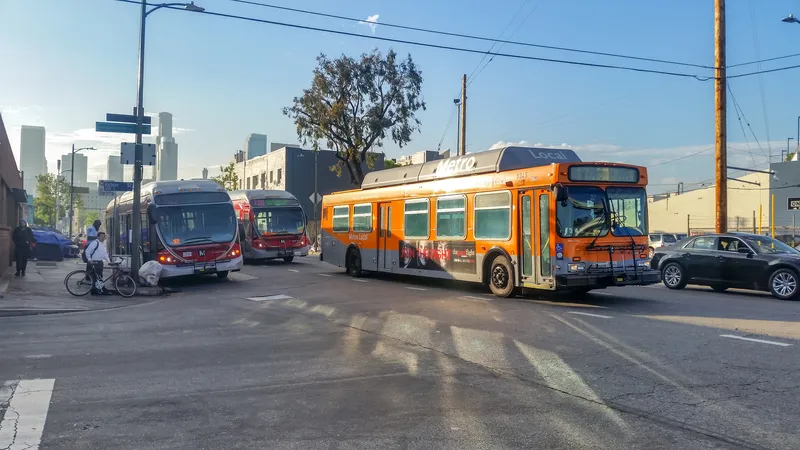Siemens is to upgrade over 160 traffic signal controllers across the UK’s Tyne & Wear region following the award of Government Better Bus Area (BBA) funding to the Tyne & Wear Integrated Transport Authority. The project aims to improve the reliability of journey times along 19 bus corridors and relieve congestion at nine hotspots where buses are currently regularly delayed. Siemens will upgrade and connect traffic controllers to its Remote Monitoring System (RMS) and provide the Tyne & Wear urban traffic co
December 3, 2012
Read time: 2 mins
The project aims to improve the reliability of journey times along 19 bus corridors and relieve congestion at nine hotspots where buses are currently regularly delayed. Siemens will upgrade and connect traffic controllers to its Remote Monitoring System (RMS) and provide the Tyne & Wear urban traffic control centre with Dial Up Strategic Control (DUSC).
The aim is to provide a user-friendly and reliable means to monitor and manage on-street traffic equipment along key bus corridors. The system features an advanced Siemens instation, which allows operators to monitor the status and timings of all equipment at a glance, using a customised map-based display, and to intervene to remotely located control equipment.
Tyne & Wear head of highways and traffic signals operations, Peter Gray, said: “Strategic improvements of this kind support the work of the Integrated Transport Authority to achieve the area’s aims of improving and promoting the overall use of public transport and sustainable travel choices.”










